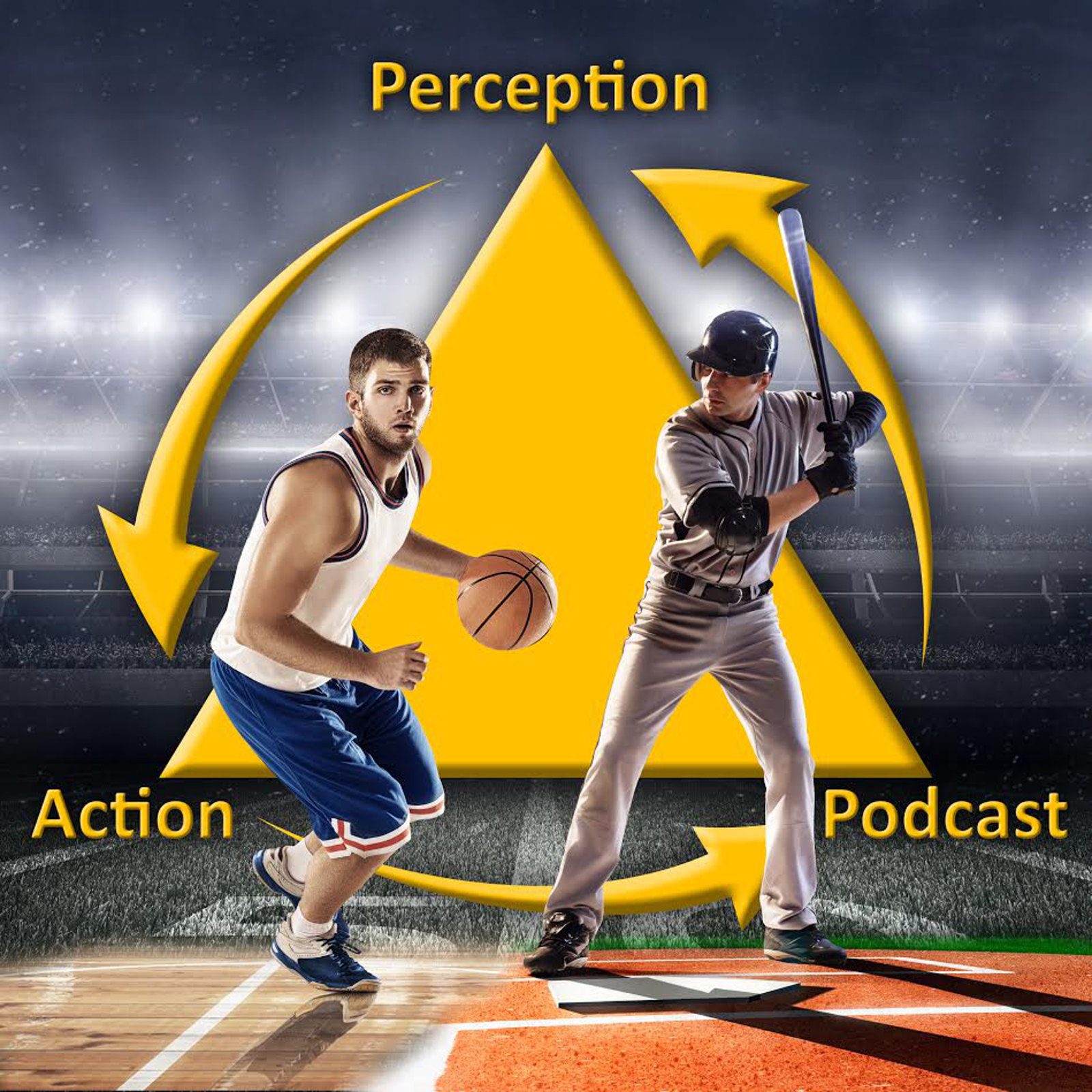The latest in skill acquisition and performance research from perceptonaction.com
-When we are trying to keep our eyes un-moving and fixated on something are they really still? Not always. In the Journal of Eye Movement Research a recently published special issue addresses this interesting question. In research studies, a fixation has long been defined as our gaze direction staying within a 3 degree area of space. A degree is about the size of your thumb nail at arm’s length. So imagine one thumb nail in each direction around your thumb and there and you have the area in which your eyes can move and be called “still”. That’s a pretty big area! And, indeed, improvements in eye tracking technology have revealed the presence of microsaccades – small magnitude (less than 2 deg), involuntary eye movement during a fixation. The articles in the special issue discuss several interesting findings from studying these. For example, the rate of microsaccades increases as the task demands increase suggesting that they can be used to distinguish just looking at something from actually seeing. I think they are also very relevant to many sports skills. A 6 foot tall pitcher subtends only a 5.5 deg of visual angle on the mound so it’s very possible that a batter who is fixating a part of their body could still be looking around with these microsaccades. And for those familiar with quiet eye research –maybe we need to rethink what is going on, because with these small eye movemetns its possible for your eyes to be quiet and active at same time.
-How similar is hitting off a pitching machine compared to facing a real pitcher in baseball? In a recent study by Kuo and colleagues, the kinematics of a baseball swing were compared for these two situations. Four professional players hit while their ground reaction forces were measured with force plates. What was found? When hitting against a machine, batters stepped towards the ball earlier, loaded less of their weight onto their front foot when landing and adjusted the timing primarily by altering the bat movement. These findings agree with the recent study I published in Frontiers in Psychology showing that batters seem to use the pitcher’s body movements to time the loading and forward shift in weight, which is a large part of how timing is adjusted for different pitch speed. When you take the pitcher away you get a very different pattern of movement coordination and this really brings into question whether you going to get positive transfer of training from practicing on a machine.
-Imagine you are coaching a baseball catcher that is letting balls get by because she is trying block them only use her glove. One way to address this is in practice is using the constraints led approach or CLA – For example, adding a constraint in the form of rule that she has to keep her arms behind or back so she encouraging her to block the ball with her body. But what happens when you take the constraint away, you might ask? Won’t she just go back to her old pattern of movement? In a recent blog post I addressed the important question of how to make CLA gains sticky. I highlighted 3 best practices I think can help achieve this: adding variability (for example, in the distance and speed of the ball) to stabilize the new solution, finding another constraint that achieves the same end (for example, using a smaller, bouncier ball), and adding pressure to the practice activity — because we know that’s when they are most likely to revert back to the safety of their old way of doing it. Check out the post if you interested in more details.
To enable the news briefing on your echo:
Go here: https://www.amazon.com/dp/B08CZ8Y2T2
OR
-From the Alexa app on your phone go to settings by pressing the three little lines in the top left
-Go to Skills & Games
-Search (magnifying glass in top right) for “Skill Acquisition News”
-Click Enable to Use
-Say: “Alexa, what’s my Flash Briefing?” (Note, this will play any other news items you added too).
